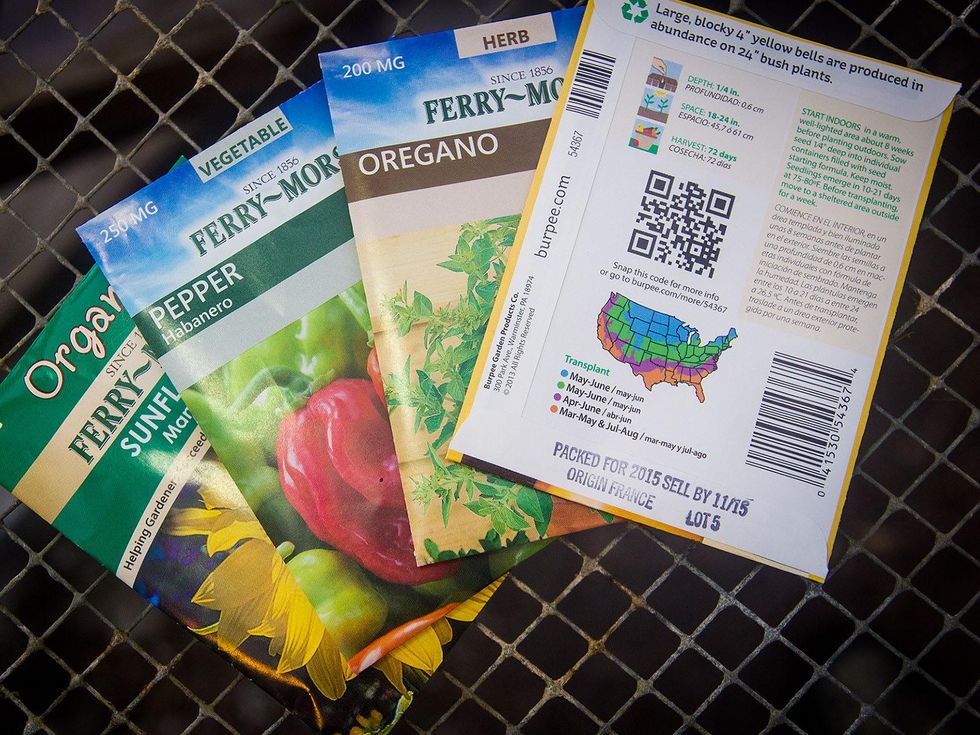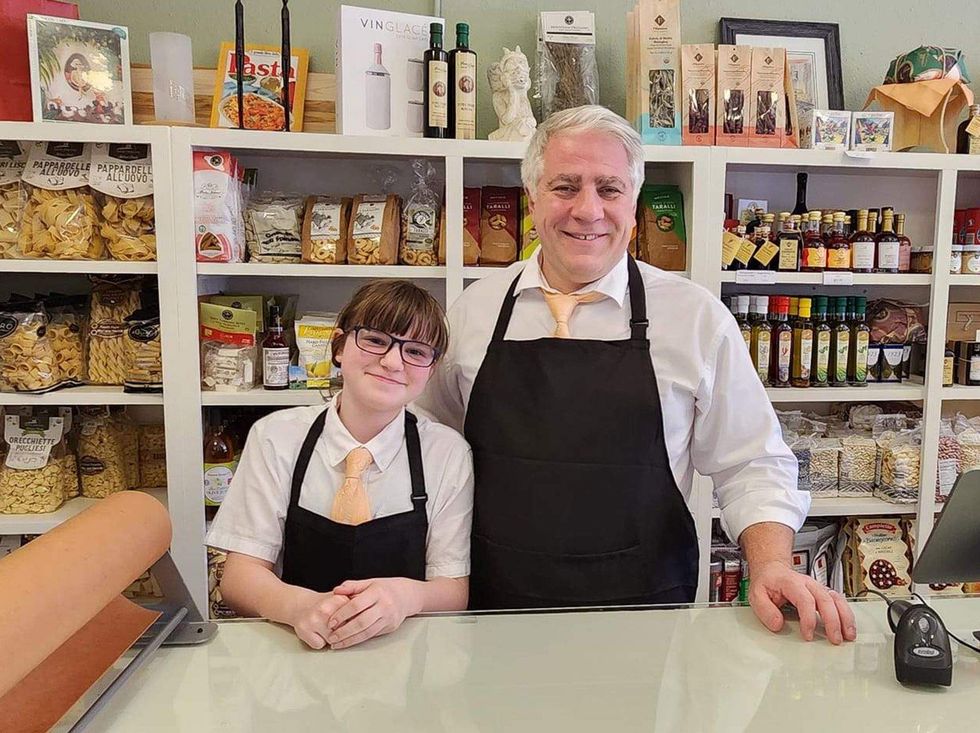The Farmer Diaries
Farmer's guide to seed: where to store it, when to sow it and when to throw it away
After experiencing a low turnout of plants started from seeds in my greenhouse this year, I decided it was time to go through the packets I've hoarded over the last several years and sort out the oldest seeds.
I'm an easy sell for seed companies. Whether I'm browsing through catalogs every January or confronted by a display in a garden center, I have to stop myself from buying two packs of everything.
There's always something new that I want to try, or I don't have enough of something I've already picked up. The compulsion drives me to shell out at least $300 a year in seed purchases.
I never plant as many seeds in a year as I buy; maybe a quarter of what I bring home. This is how I've built up a large cache of seeds. I keep them in seven or eight boxes that I label with broad categories: grains and beans; carrots and root vegetables; lettuce and greens; squash, cucumbers and melons; tomatoes and peppers; and herbs and flowers.
This hoard has become an on-demand seed supply, with a sampling of almost anything I want ready for me to plant whenever the thought strikes me. It works only because most seeds last longer than the date stamped on the back of the packet. But, as I've learned this year, there is a limit to how long a seed will last.
If I had been more aware of the expected life span of each seed, I could have avoided the huge frustration of preparing seed mix, sowing, watering and weeks later seeing nothing come of my labor. I've since reviewed several sources of information on seed life-expectancy and found that some could last a decade, while others are good for just one season.
Knowing what to expect will spare me future frustration and wasted money. Here's what I found:
Buy every year
I knew there were some crop seeds that needed to be bought each year because they had a brief life span; the problem was that cilantro was the only one I knew about. But after consulting John Sheepers Kitchen Garden Seeds, I've learned why so many of the crops from my seed hoard were hard to get started: Seeds I bought in 2012 were no good by 2014.
These are the seeds that must be bought fresh each year:
- Artichokes
- Arugula
- Borage
- Cilantro
- Chives
- Chervil
- Edamame
- Lovage
- Fennel
- Lemongrass
- Lavender
- Leeks
- Oregano
- Mints
- Rosemary
- Thyme
- Sage
- Asters
- Echinacea
- Salvia
- Amaranth
- Verbena
Two years
Some seeds will last for the year they're packed and into the next:
- Beets
- Endive
- Dill
- Dandelion greens
- Okra
- Spinach
- Swiss chard
- Parsley
- Watercress
- Onions
- Tomatoes (The main reason for my no-show tomatoes this year was my wrong presumption that seed I bought in 2011 was still viable.)
- Melons
- Peppers
- Tomatillo
- Summer squash
- Pumpkins
- Bachelor's Buttons
- Snapdragons
- Forget-me-nots
- Hollyhocks
- Lupines
- Morning glories
- Marigolds
- Moonflowers
Three years
These seeds are reliable for up to three years after purchase:
- Peas
- Basil
- Beans
- Broccoli
- Cabbage
- Carrots
- Brussels sprouts
- Cauliflower
- Celery
- Eggplant
- Cucumbers
- Radishes
- Lettuce
- Kale
- Corn
- Rutabagas
- Gourds
- Nasturtiums
- Winter squash
- Four o' clocks
- Tobacco
- Cosmos
- Zinnias
- Datura
Four to five years
My hoard has many packets dated with 2009 and 2010. Most will have to go, except for these:
- Orach (I don't have any packets of orach, which is a sort of spinach, but if I did, they'd still be good.)
- Collard greens
- Turnip, for both root and greens
- Mustard
- Sunflowers
- Celosia
- Poppies
Proper storage
The life span of seeds depends on storage. Storing them in a dark, cool, dry place will prolong their viability. The room I store mine in is exposed to outside temperatures, like a tool shed. This drastically lowered my germination rate.
At some point, I learned that some seeds can last up to five years and mistakenly applied that number to all of them. Now that I've learned that many seeds are not as long-lived, I will store them in a less vulnerable environment indoors.



 Ari Lowenstein and aide at Ari's PantryAri's
Ari Lowenstein and aide at Ari's PantryAri's